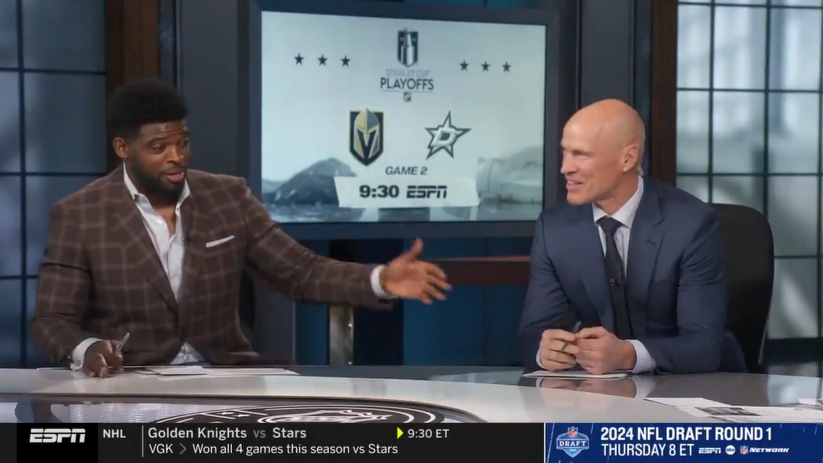Muic and stadiums. Stadiums and music. They go hand-in-hand. No matter what the sport, what the event or whichever stadium or field you go, music is played either over the public address system, by an organist or by a band. Even fans get involved when they chant Steam’s “Na Na Hey Hey Kiss Him Goodbye,” or White Stripes’ “Seven Nation Army.” And if you watch on TV, you’ll hear the music playing. No only that, networks get involved by playing their songs on their broadcasts, but often those instances are covered by fees and licenses paid to the music companies. And while you might think the networks’ microphones that happen to pick up the ambient music without having to pay anyone, there’s still a fee involved.
Last week, BMI filed a lawsuit seeking ESPN pay $15 million for a fee that covers incidental airing of music by the network. In its filing, BMI said:
“Advertisers place a premium on live sporting events … and ambient stadium music is a critical component of the broadcast that allows ESPN to attract viewers by making them feel like they are sitting in the stadium cheering on their favorite team.”
And if you think that BMI is coming out of blue on this, it was actually ESPN that set the precedent by stating that it actually seeks to acquire music rights directly through the artists. The Worldwide Leader is seeking to pay a blanket fee that would cover BMI’s extensive music library, a catalog that has 10.5 million published songs. ESPN said BMI hasn’t quoted a figure as of yet something BMI disputes.
BMI says getting a license fee would be “insurance against copyright infringement, relief from the need to separately identify each and every composition inserted into its programming, greatly reduced transaction costs, streamlined collection and payment of royalties, and immediate access to the more than 10.5 million works in BMI’s repertoire.”
How did BMI reach its $15 million figure? Without making you do math, it’s all based on 300 blanket liceneses BMI negotiated with cable networks in the 1990’s which depend on the percentage of gross revenues the networks made based on whether it is “music-intensive” (which pays more), “general entertainment” or “news and sports” (both pay less). BMI said ESPN made $11 billion in 2014 so its $15 million is based on the above formula. In addition, BMI said ESPN grossly underpays its license fee. ESPN says it wants a break on paying the royalty fees.
And BMI states that ESPN also has an option under a 2006 agreement where it pays a “program fee” for intentional playing of music and an “incidental and ambient uses” fee for the airing of music played in the background from the stadiums. BMI said its agreement in 2004 is now obsolete and should reflect what ESPN makes now. Not only does it want the full program fee paid, but also the ambient fee.
Will this effect other networks? It will be interesting to see how this case plays out.








Comments are closed.